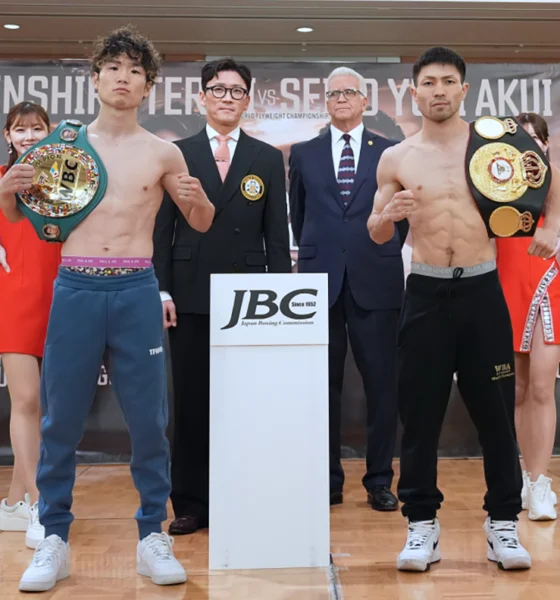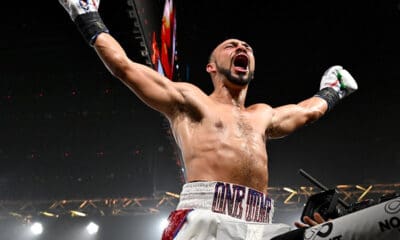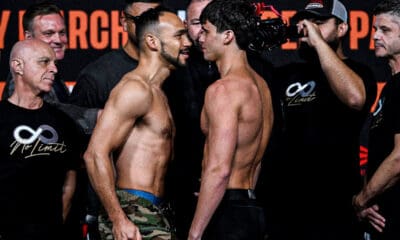FEATURED

Boxing
Ladies Night In London: Price and Dubois Get Big Victories

Boxing
Boxing Prospects & UFC 313 Dominate Combat Sports Schedule This Weekend

Boxing
Taylor vs Serrano 3 Returns to New York City and Netflix

Boxing
King Ryan Garcia Returns, The Rest Want The Crown

Boxing
Controversy Colors Tank vs Roach Results: A Surprising Draw

Boxing
Undercard Results: Puello Pushes Back Martin to Retain Title
More FEATURED
ANNOUNCEMENTS
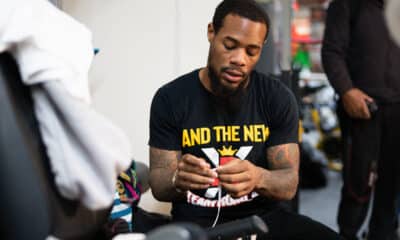

Announcements
Lamont Roach Jr. Ready for Battle with Gervonta Davis Saturday in Brooklyn
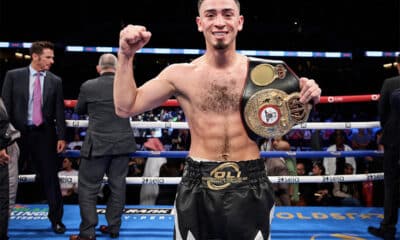

Announcements
Jose Valenzuela Ready for ‘A Lot of Action’ Against Gary Antuanne Russell in March
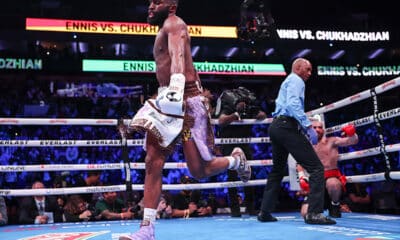

Announcements
Ennis Meets Stanionis In Atlantic City for Unification Fight April 12
Announcements
